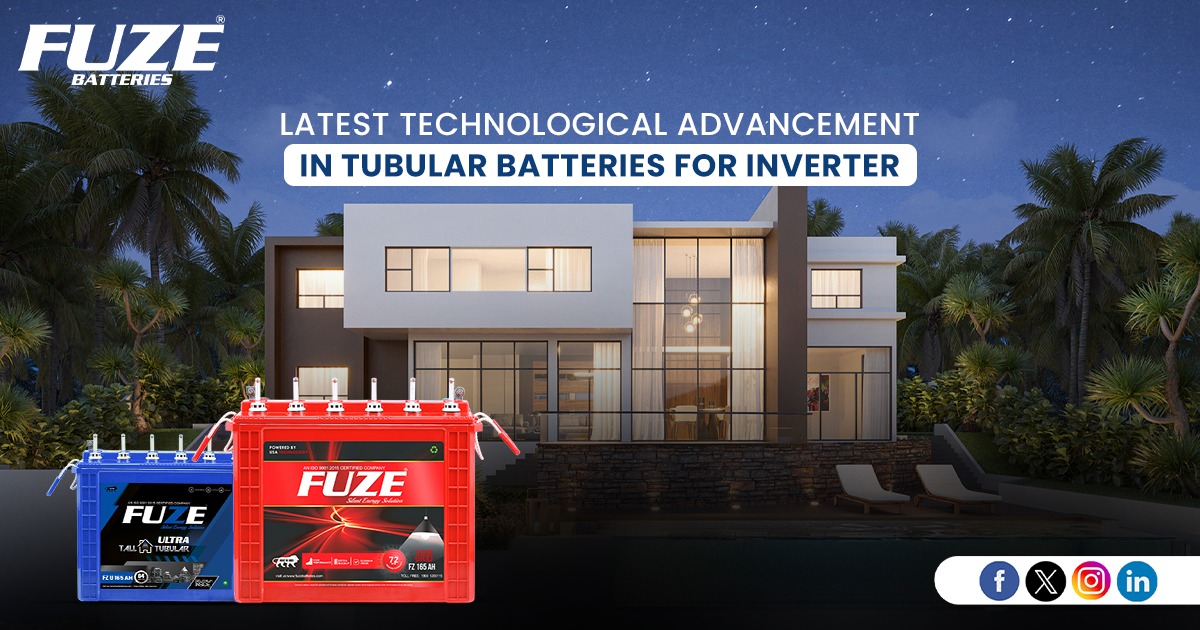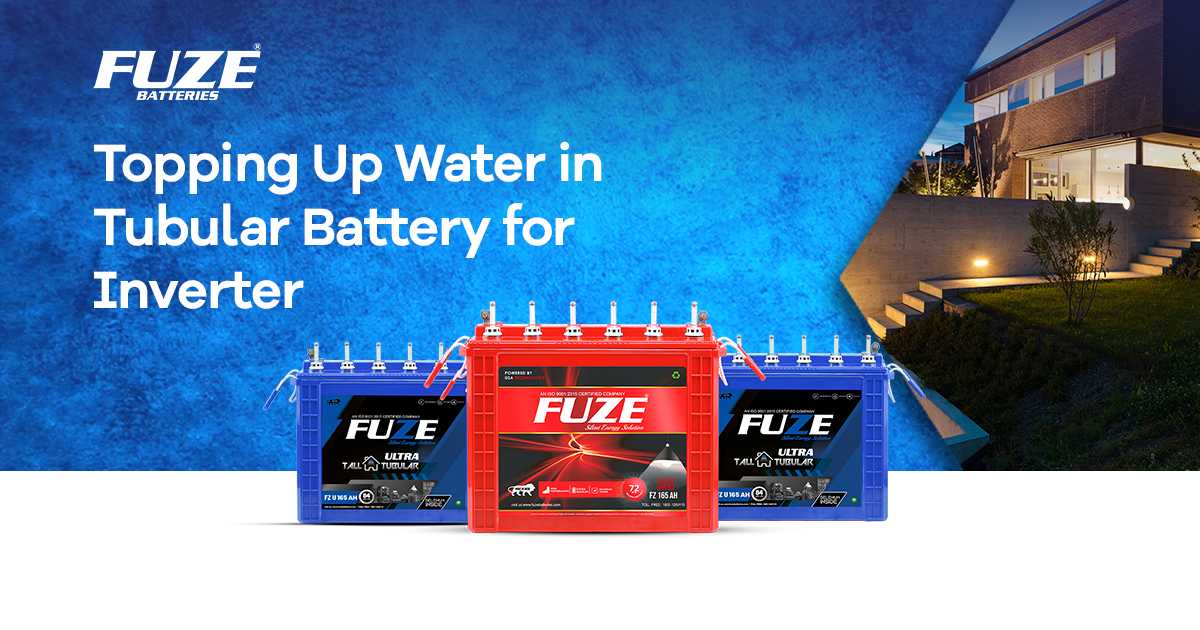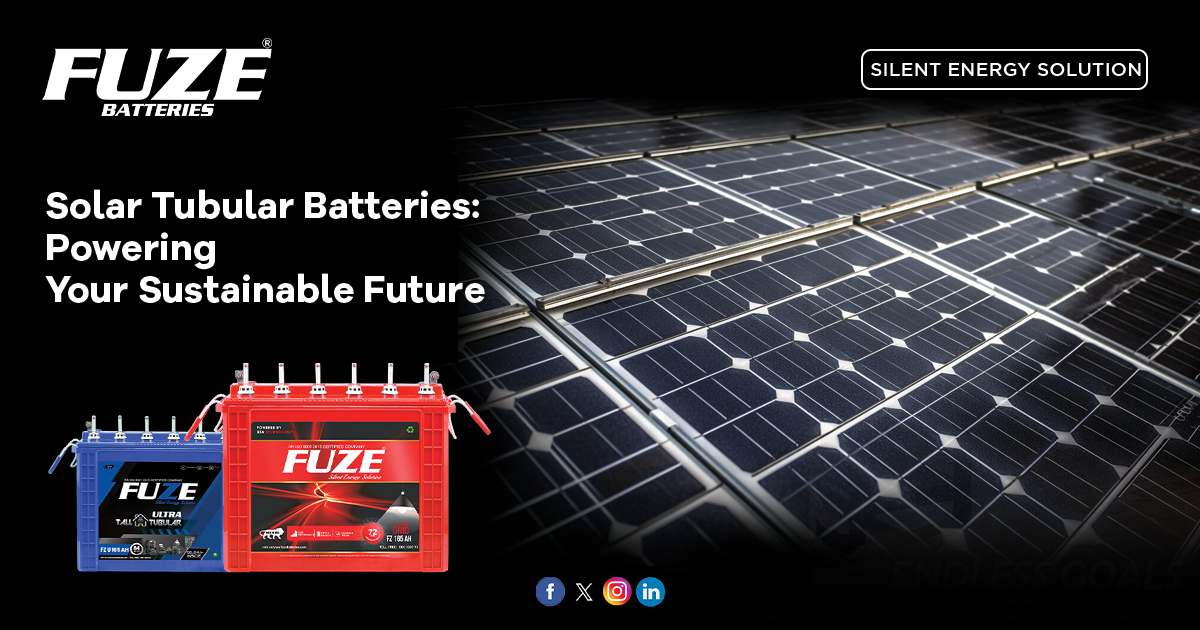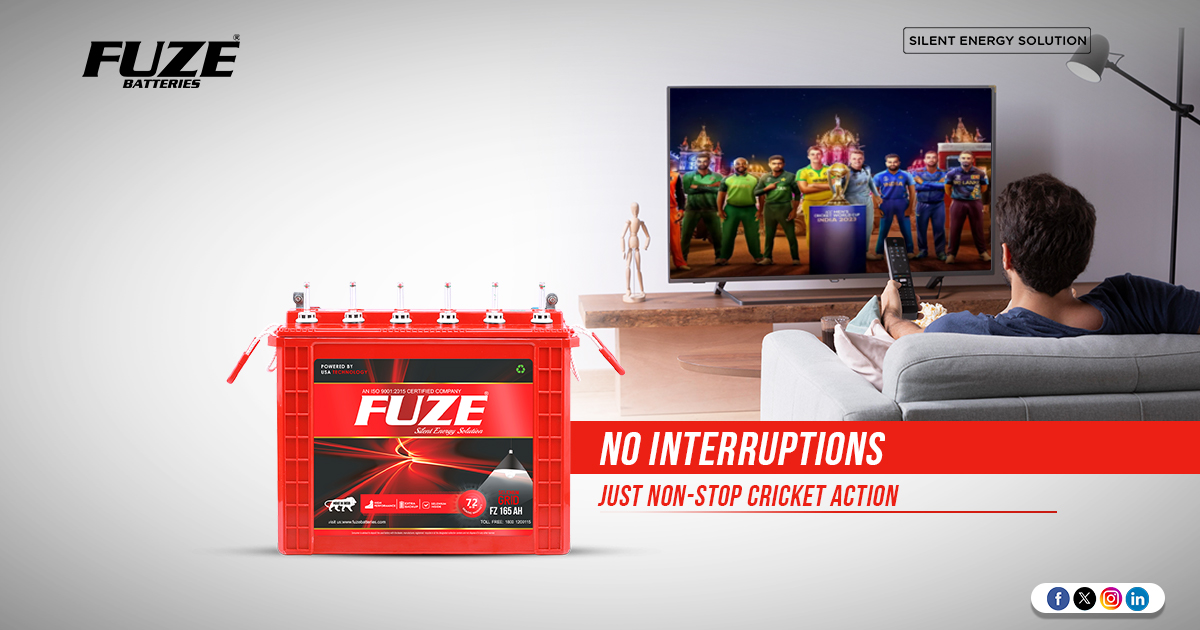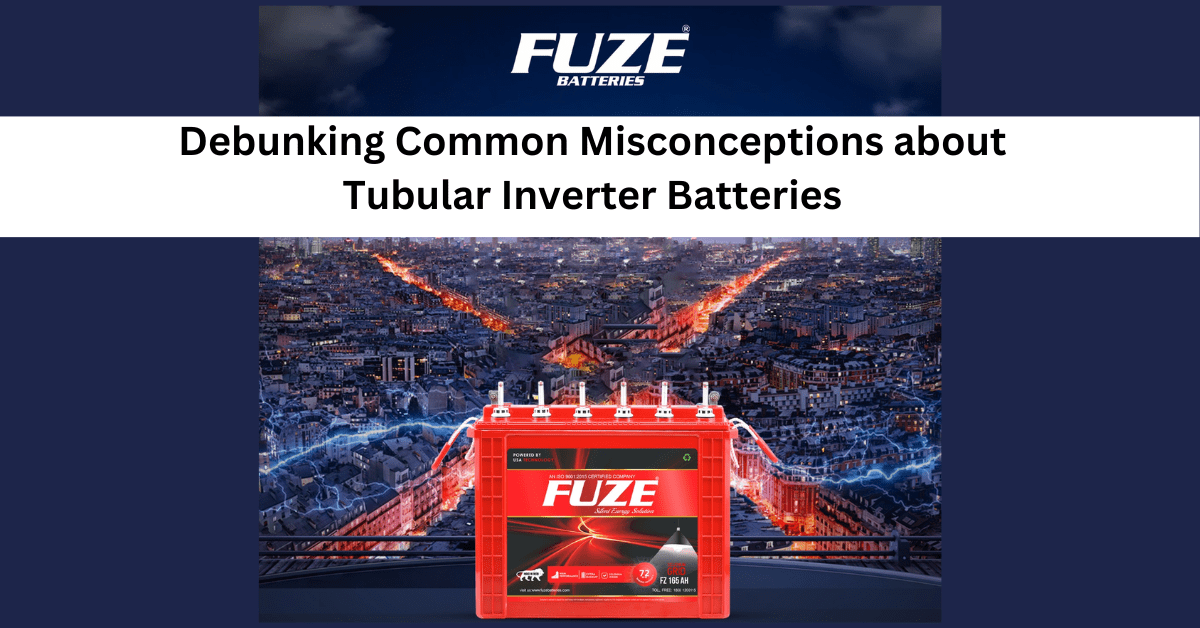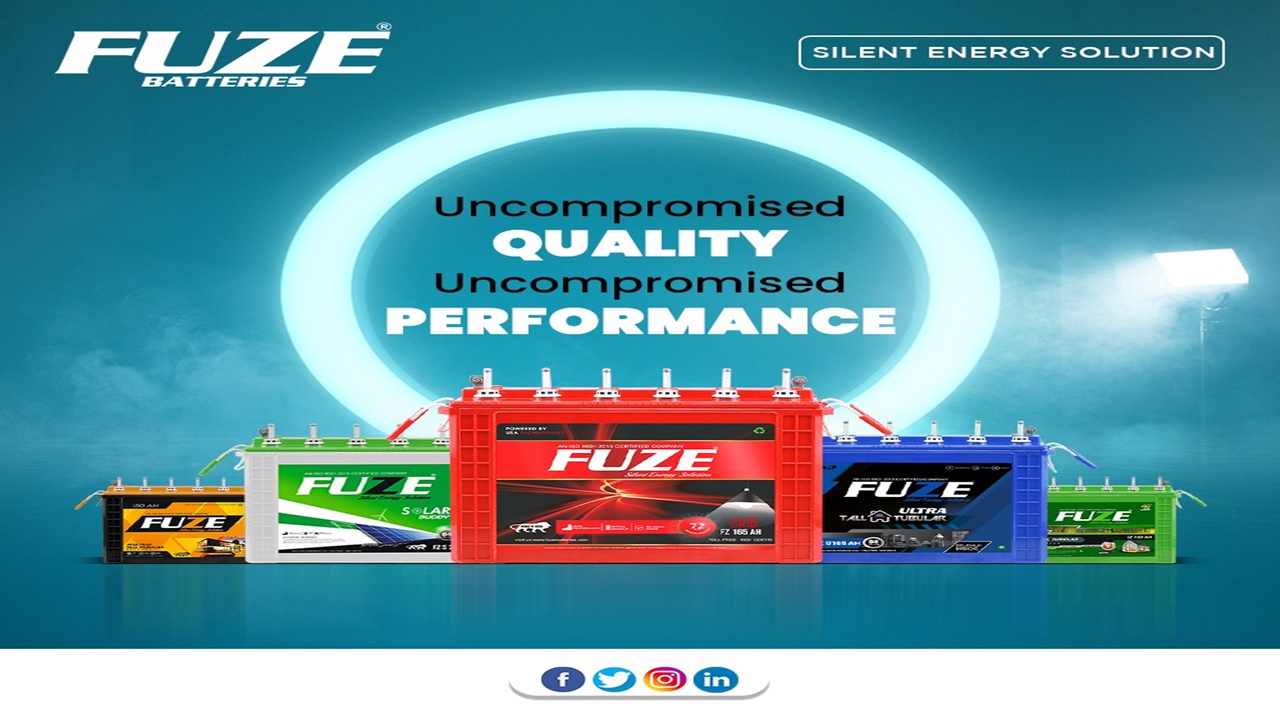Commonly used for inverter batteries, tubular technology is an innovation that delivers extended durability and enhanced performance. In terms of energy storage and efficiency, Tubular Batteries for Inverters have been a preferred choice of consumers.
Tubular batteries have become the industry leaders in the rapidly changing field of energy storage systems because they provide a desirable balance of longevity, performance, and environmental sustainability. India is leading the way in defining the future of tubular battery innovation and recycling potential as it sets itself for exponential development in the adoption of renewable energy and energy storage demand.
Some of the latest advancements include :
1. Improved Tubular Design: Manufacturers are constantly refining the design of tubular batteries to enhance their performance and longevity. This includes changes to the tubular plates, separators, and overall construction to improve efficiency and durability. The improved tubular design often incorporates stronger and more robust materials, making the battery more resistant to physical damage and environmental factors compared to traditional battery designs.
2. Advanced Active Material: Tubular batteries, made of high-density lead oxide paste, are unique due to their advanced active material. This material enhances material utilization and prevents shedding, ensuring superior performance and durability. These batteries offer higher capacity, efficiency, and cycle life, making them ideal for deep-cycle applications like inverters, providing reliable backup power.
3. Enhanced Grid Alloy: Grid alloys are essential in maintaining tubular battery structural integrity. They provide mechanical support to active materials, ensuring durability during charge-discharge cycles. High-quality grid alloys resist corrosion, extending battery life. In tubular batteries, these alloys are crucial for structural stability, ensuring reliable performance over the battery’s lifespan.
4. Improved Electrolyte Formulations: The electrolyte in tubular batteries has also seen improvements. Advanced formulations offer better conductivity, reduced self-discharge rates, and improved resistance to stratification, enhancing overall battery performance.
5. Increased Cycle Life: Through the use of better materials and design, modern tubular batteries offer significantly increased cycle life compared to older models. This implies that they won’t significantly deteriorate after experiencing additional charge-discharge cycles.
6. Maintenance-Free Design: Some newer tubular batteries are designed to be maintenance-free, eliminating the need for regular topping up of electrolyte or other maintenance tasks.
7.Enhanced Safety Features: Manufacturers are incorporating advanced safety features into tubular batteries, such as improved venting mechanisms and short-circuit protection, to enhance user safety and protect the battery from damage.
Fuze Tubular Batteries for Inverter stand out for their latest technological advancements tailored for inverter use. With an innovative tubular design, they offer enhanced durability and efficiency, ensuring long-lasting performance even in challenging conditions. The advanced active material and grid alloy improve capacity retention and cycle life, providing reliable power backup. These features make Fuze tubular batteries a compelling choice for those seeking a reliable, efficient, and technologically advanced solution for their inverter needs. Visit the official website https://fuzebatteries.com/ for a better review before selecting any random battery.
